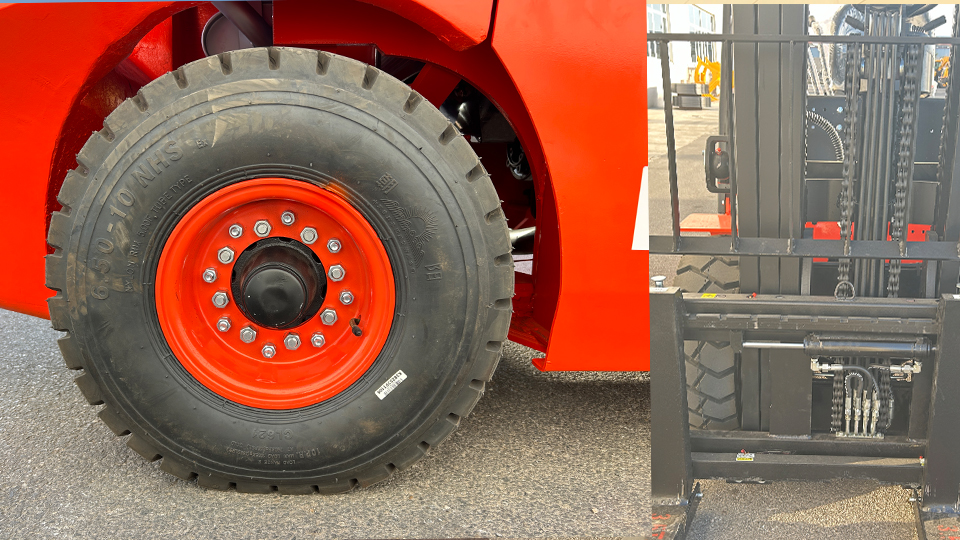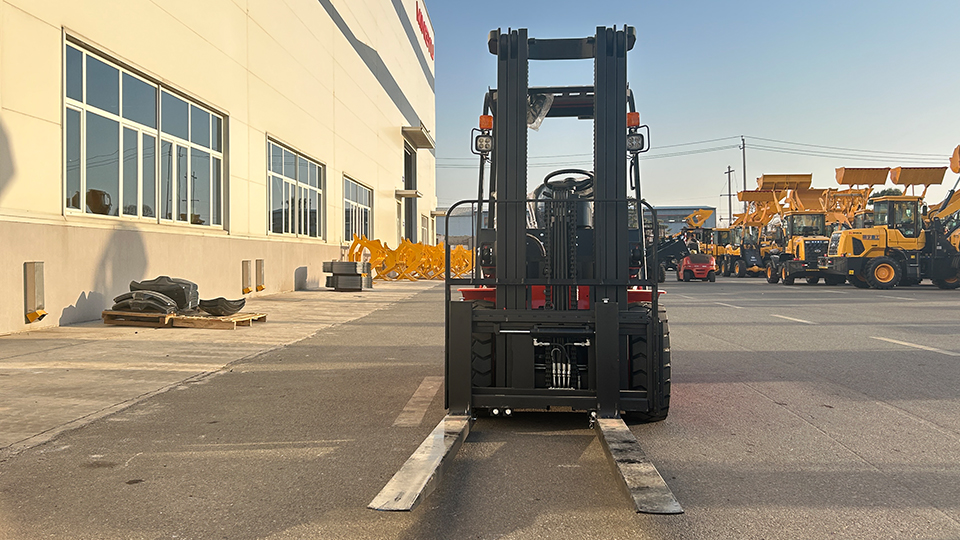
Quantifying the Forklift: Assessing the Percentage of Human Existence Reliant on Materials Handling
The seemingly mundane forklift, a staple of warehouses and industrial settings, belies a profound impact on the modern world. It's a ubiquitous tool, yet its role in facilitating the production and distribution of goods is often overlooked. To truly understand its significance, we must attempt to quantify the percentage of our daily lives, and indeed our very existence, that is directly or indirectly reliant on this humble machine. This article explores the complex web of dependencies that connect the forklift to our food, shelter, transportation, and even the digital infrastructure that underpins modern society.
The Foundation: Logistics and Supply Chains
The most immediate and obvious impact of the forklift lies within logistics and supply chain management. Every product we consume, from the food on our plates to the electronics in our pockets, has likely been moved, sorted, and stored by a forklift at some point in its journey. Warehouses, distribution centers, and ports rely heavily on these machines to efficiently handle vast quantities of goods.
Food Security: Consider the journey of a loaf of bread. Grain harvested from fields is transported to processing plants, where it's milled into flour. This flour, along with other ingredients, is then moved by forklifts within bakeries. Finished products are then loaded onto trucks and transported to supermarkets, again aided by forklifts at distribution centers and retail stores. Without efficient material handling, the sheer volume of food required to sustain global populations would be impossible to manage.
Retail and Consumer Goods: Similarly, the clothes we wear, the furniture we sit on, and the appliances we use all pass through numerous stages of production and distribution, each involving forklift operations. From raw material extraction to final product delivery, these machines play a crucial role in ensuring a steady flow of goods to consumers.
Construction and Infrastructure: The buildings we live and work in, the roads we drive on, and the bridges we cross are all built using materials moved by forklifts. Cement, steel, lumber, and other construction materials are transported and positioned using these machines, enabling the rapid development of infrastructure that supports modern society.
Beyond Direct Application: Indirect Dependencies

While the direct role of forklifts in logistics is undeniable, their indirect impact extends far beyond the warehouse floor.
Manufacturing and Industrial Production: Forklifts are integral to manufacturing processes across various industries. From automotive assembly lines to pharmaceutical production, these machines move raw materials, components, and finished products, ensuring efficient production and minimizing downtime.
Energy and Resource Extraction: The extraction and processing of natural resources, such as oil, gas, and minerals, rely heavily on forklifts for material handling. Mining operations, refineries, and power plants all utilize these machines to move heavy equipment and materials, enabling the production of energy that powers our homes and industries.
Technology and Electronics: The complex manufacturing of electronic devices, from smartphones to computers, involves intricate supply chains that rely on precise material handling. Forklifts move components, sub-assemblies, and finished products within factories and distribution centers, ensuring the timely delivery of these essential technologies.
E-commerce and Online Retail: The rapid growth of e-commerce has further amplified the importance of efficient logistics. Online retailers depend on vast networks of warehouses and distribution centers to fulfill orders quickly and accurately. Forklifts are essential for managing the flow of goods within these facilities, enabling the fast and efficient delivery that consumers expect.
Medical and Pharmaceutical Supply Chains: The delivery of medical supplies and pharmaceuticals, critical for healthcare systems, depends on efficient logistics. Forklifts are used to move medical equipment, medications, and other supplies within hospitals, clinics, and distribution centers, ensuring timely access to essential healthcare resources.
Waste Management and Recycling: Even the management of waste and recycling relies on forklifts. These machines move and sort materials at recycling centers and landfills, contributing to the efficient disposal and processing of waste.
Quantifying the Impact: A Complex Calculation
Attempting to assign a precise percentage to the reliance on forklifts is a complex undertaking, fraught with challenges.
Interconnectedness: The global economy is a complex web of interconnected systems. Isolating the impact of a single technology, such as the forklift, requires careful consideration of its indirect effects.
Data Limitations: Comprehensive data on forklift usage across all industries is scarce. This makes it difficult to accurately quantify their contribution to global economic activity.
Subjectivity: The definition of "living from a forklift" can be interpreted in various ways. Does it encompass only direct employment in forklift operation, or does it include all industries that rely on them?
However, we can make some estimations based on available data and logical reasoning.
Direct Employment: The number of people directly employed in forklift operation and related industries is significant. This includes forklift operators, warehouse workers, logistics managers, and maintenance personnel.
Indirect Employment: The vast majority of the global workforce is indirectly reliant on forklifts. Manufacturing, retail, construction, and other industries that employ billions of people depend on efficient material handling to function.
Percentage Estimation: It is reasonable to suggest that a significant percentage of the global economy, likely exceeding 50%, is directly or indirectly reliant on forklifts. This figure may even approach 70-80% when considering the full scope of their impact on supply chains and infrastructure.
The Future of Material Handling
As technology advances, the role of the forklift is evolving. Automation, robotics, and artificial intelligence are transforming material handling, leading to increased efficiency and productivity.

Automated Guided Vehicles (AGVs): AGVs are autonomous robots that can navigate warehouses and distribution centers without human intervention. These machines are increasingly being used to replace traditional forklifts, reducing labor costs and improving efficiency.
Robotic Picking and Sorting: Robotic systems are being developed to automate the picking and sorting of goods, further streamlining warehouse operations.
Artificial Intelligence (AI): AI is being used to optimize warehouse layouts, predict demand, and improve inventory management, leading to more efficient material handling.
Despite these advancements, the fundamental principles of material handling will remain unchanged. Forklifts, or their automated counterparts, will continue to play a crucial role in moving goods and supporting global supply chains.
Conclusion
The forklift, a seemingly simple machine, is an indispensable component of the modern world. Its impact extends far beyond the warehouse floor, permeating every aspect of our lives. While quantifying the exact percentage of our existence reliant on forklifts is challenging, it is clear that their contribution to global economic activity is immense. As technology advances, the role of material handling will continue to evolve, but the fundamental need for efficient movement of goods will remain constant. The forklift, in its various forms, will continue to shape our world, ensuring the smooth flow of products that sustain our lives. In essence, our existence is intrinsically linked to the movement of goods, and the forklift is a key enabler of that movement.
Name: selena
Mobile:+86-13176910558
Tel:+86-0535-2090977
Whatsapp:8613181602336
Email:vip@mingyuforklift.com
Add:Xiaqiu Town, Laizhou, Yantai City, Shandong Province, China